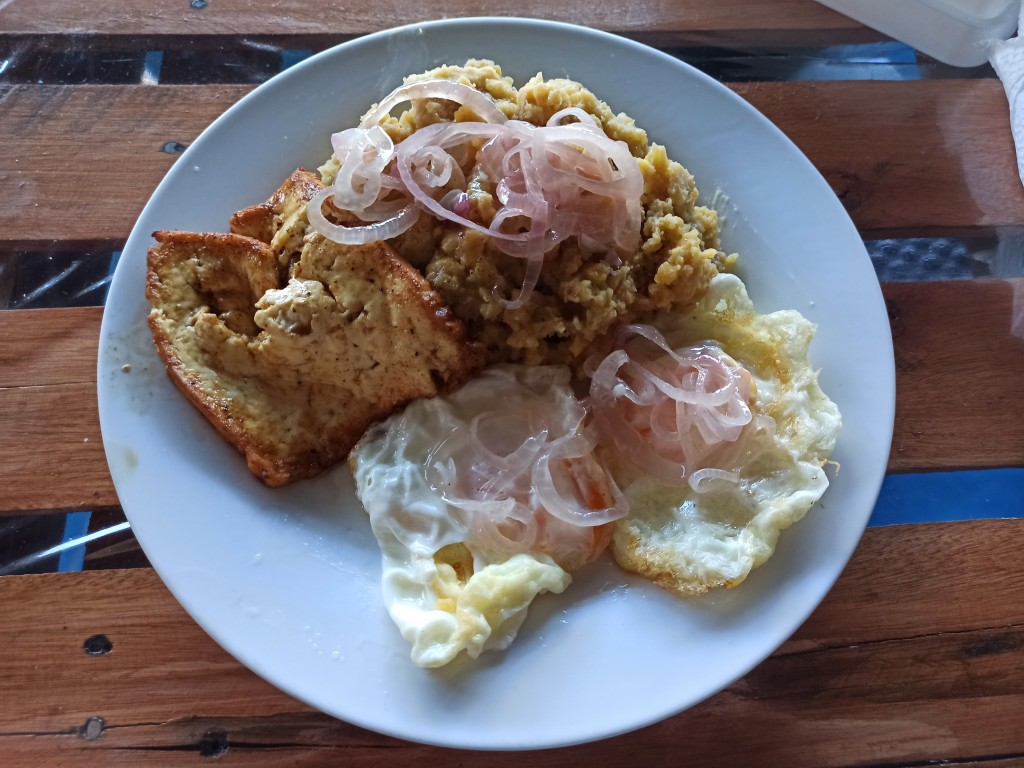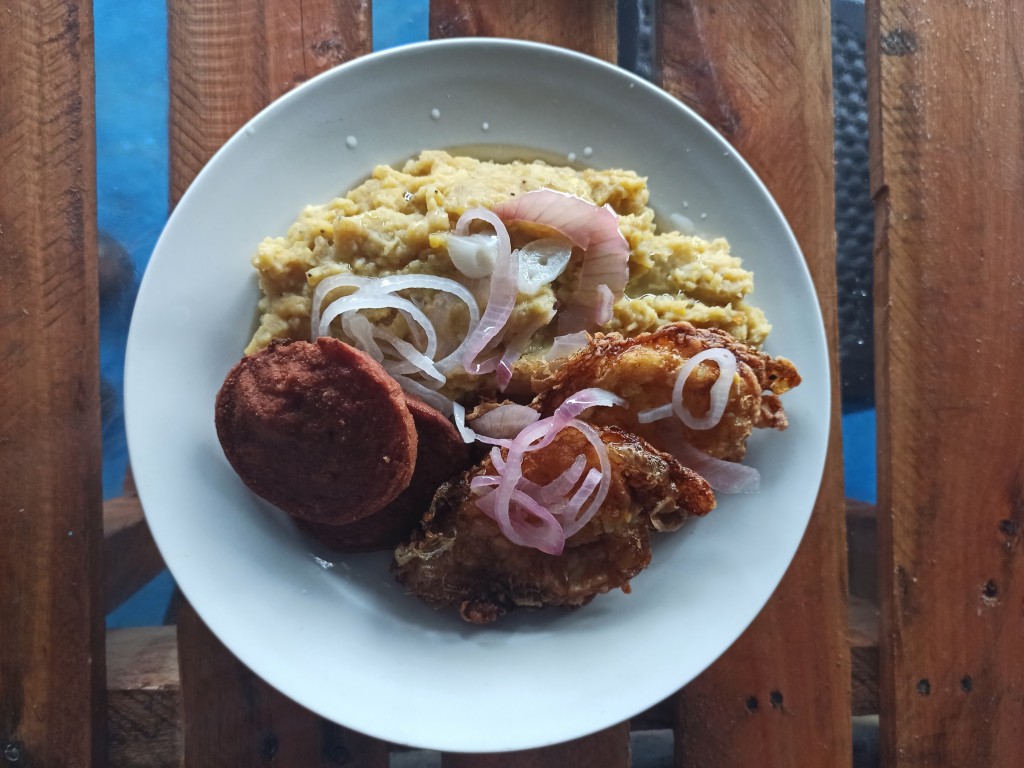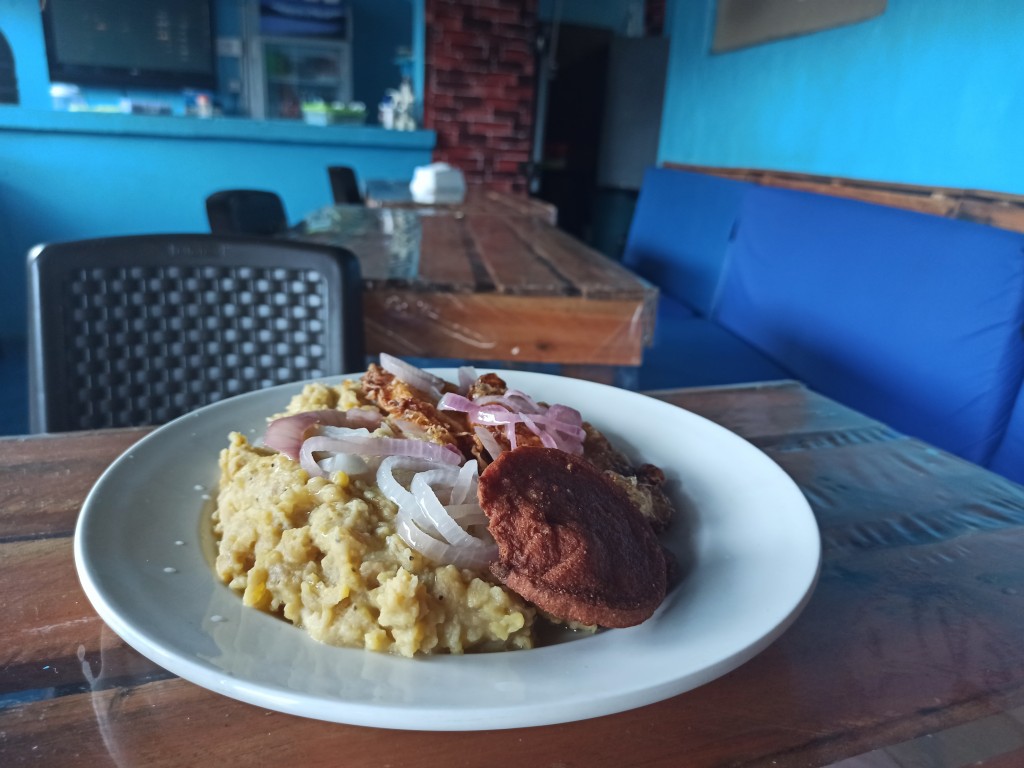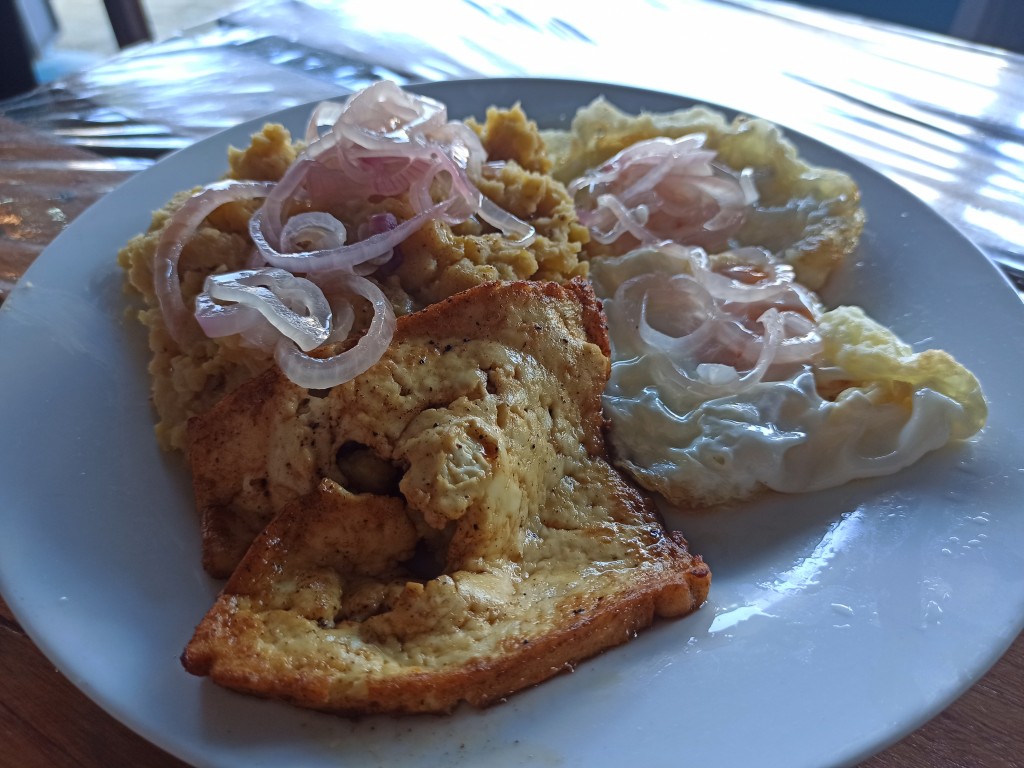EAT IN ASIA / Destinations / Other destinations / Northern america / Dominican republic
What is a typical Dominican 'Desayuno dominicano'?
Tags: DOMINICAN REPUBLIC

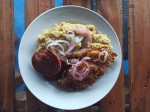

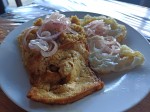
Do you want to have a breakfast as Dominican people do? If so, try one of traditional Dominican desayunos! This breakfast would be definitively unique and will be a great option for everybody who loves trying new food. That is also a great option for everyone that enjoys indulging in the local culture. Of course, you can have a so called desayuno dominicano in a regular, western-style restaurant for tourists too. However, remember that if you only stay in places designed for tourists, you will never experience the real local culture. That is why, we highly recommend you participating in the local life. Socialize with local people, chat with them, and share your meals with them. Of course, I do not mean sharing the same plate with other, but I mean sharing your mealtime. So, sit with them, have a chit-chat, and enjoy the local vibe.
If you come from Europe or from the United States, Canada etc., your regular breakfast is probably a relatively light meal. It might consist of some kind of bread, toasts, eggs, cheese, vegetables, fruits or shakes. But that is not the case in the Dominican Republic. Here the breakfast is a hearty meal, however not overloaded with fat and proteins. Mainly, it is a good portion of carbohydrates with a high glycemic index.
Desayuno dominicano – menu
A traditional and the most typical Dominican breakfast consists mainly of two parts. The first one is the base and, more or less, is a substitute for a western-style bread. So, in the Dominican Republic that would usually be banana or a tuber pulp. The second part consists of different extras like a local white cheese, eggs, or sausages.
That said, in almost all comedores you will be able to choose between a pulp made of tubers or plantains (called mangu) and boiled bananas for the meal base and then you will choose some extra ingredients like these mentioned above. You have to remember about one more thing - bananas are called in the Dominican Republic guineos, because of their country of origin.
Base options:
- Mangu de plátano
- Mangu de yautia rojo
- Boiled yucca
- Boiled guineo
Extras for a desayuno dominicano
Then come different extra toppings. This section is not very wide but given the fact that you have a couple of options for the base too, you can create a different breakfast for almost every day if you stay in the Dominican Republic for a week of two.
Extras for a desayuno dominicano:
- Huevo frito
- Huevo hervido
- Salami
- Queso frito
- Bacalao
Ok, all good, but what are these products? Let’s go step by step starting from the base set.
Mangu de plátano
Mangu de plátano maduro is a purée made of ripe plantains. Depending on the blending method, mangu can either be completely smooth, or have little plantains’ chunks. It is prepared with very little ingredients. Actually, that are only ripe plantains, butter or oil and some salt. No other spices. Its taste is interesting. A little bit sweet (due to the sugar that is in ripe plantains) even though it has been salted during the cooking process. Personally, I prefer mangu de plátano with small plantains’ chunks, but probably, as it is in the case of a regular potato purée, it is believed that the best mangu should be extremely smooth.
Mangu de yautia rojo
Mangu de yautia rojo is prepared almost in the same way as mangu de plátano maduro. Yautia is kind of a tuber plant known in other countries under the name of malanga or taro. There exist a number of different varieties of yautia, but for the mangu in the Dominican Republic, usually only two of them are used – the red or lilac one or a white one. Apart from these two there are also other varieties like yellow yautia and coco yautia. So, for a mangu de yautia you need only malanga AKA taro, butter, and salt. The taste of it is much more subtle and more delicate comparing it to the one of mangu de plátano maduro. It is a little bit sweeter and creamier.
Boiled yucca
That is a good option for vegans, as in case of mangu de yautia rojo or mangu de plátano maduro, butter or other dairy products might be used. Yucca, so characteristic for that area, is full of carbohydrates and packed with energy. What might be surprising for you is, that yucca is almost tree times as caloric as potatoes are. However, if you do not keep controlling your wight and do not count every calory, it is good to have it from time to time as it is rich in vitamins like vitamin A and C and minerals. Here worth mentioning are also magnesium, phosphorus and potasium. Although yucca is boiled in a salted water, it still keeps its sweety taste. Depending on the tuber, it might be more or less starchy and also more or less fibrous.
Boiled guineo
Boiled guineos are another good option for vegans. Guineos are regular unripe bananas. They are boiled and served sautéed. They have a plain taste, and I might say, there is no dominating flavor or aroma in it. It is good to try them but I believe there is plenty of other better options.
And now let’s go to extras:
Huevo frito
Huevo frito is a regular fried egg. When you order a desayuno dominicano, usually two eggs are served. These eggs are very often well fried from one side, with a characteristic brownish verge. In some comedors, these eggs have a natural, slightly yellowish color due to the usage of a vegetable butter. Hardly ever, you will get eggs with a semi-raw or with a raw (completely liquid) yolk.
Some places offer also eggs fried from both sides. They are deep fried and have a nice, honey-brown color. They even look as if they were prepared in breadcrumbs. The outer part is crusty, carbonated but they are not overloaded with oil. Remember, eggs do not behave as a sponge, so even though they are deep-fried, the whole oil or butter do not go very deeply inside.
Huevo hervido
Huevo hervido is a regular boiled egg. It is very well prepared. The yolk does not have a dark edge, what means that the time used for boiling them was an optimal one. The yolk is hard boiled and so is the white.
Salami
Salami is one of the most popular choices as an additional part of the Dominican breakfast. This salami is rather a minced meat sausage, than an Italian salami. It is neither cured nor dried. It is made of a pork meat mixed with some fat. It is relatively fatty, but it is served fried from one or both sides. Salami is usually served fried only from one side, however it is enough to let it loos some fat and to aromatize the whole dish. The most popular way of serving salami is to cut it into half-centimeter high slices. (A Dominican salami has a diameter of about 5 centimeters). For the breakfast, a couple of slices (two or three) are served.
Queso frito
Queso frito is a fried, Dominican white cheese that is very popular for a breakfast or fir an evening meal. This is a special type of cheese, that actually has nothing to do with a white cheese known from some other countries. It is neither a fresh cheese, nor it is creamy. It is also not like a cottage cheese. In shops it is sold under the Spanish name - queso de freir, what literally means – a cheese for frying. If I had to compare it to any commonly used type of cheese, I would say that it is a little bit like an Italian mozzarella. And although it melts nicely, at the same time it keeps its shape. It behaves a little bit like a Greek haloumi cheese. After frying it is slightly chewy and has brownish edges. This special type of cheese is packed in rectangular-shaped big blocks and sold per libra. Its common name in the Dominican Republic is queso de freir Dominicano.
Bacalao
Bacalao is actually a salted Atlantic cod served in chunks or pieces. Unfortunately, very often it has fish bones, so you have to be very careful while eating it. Although it is very often salted for the curing and processing phase, the final bacalao is not as salty as you might expect it to be. It has a delicate salty and sour flavor. It is prepared like a stew with a little amount of water, or it is served in a salad-like form.
Finally, many colmados serve breakfasts topped with some onion rings from a sour, acetic and slightly oily broth.
To that, almost every Dominicano orders a small shot of a local coffee called café dominicano served from a thermos with a pump. Very often this coffee is already sweetened. Well, for me it is extremely sweet, so if you would like to be sure that you get a regular black coffee, just ask about it before. Another very popular and liked thing that is added to this coffee is a so-called creamer, that is actually a poor imitation of powdered milk.
Date: 2022-02-22
Author: Beti – A passionate traveler and lover of Asian cuisine, especially Thai and Japanese dishes, Bernadeta brings her culinary and cultural experiences to life in her writing. Beyond her travels, she’s an avid technology enthusiast with a deep interest in data processing, merging her love for exploration with analytical insights.
Photographer: Adalbert – An aficionado of computers and photography, Adalbert captures the essence of diverse cuisines with a discerning eye. A connoisseur of rich flavors and particularly fond of meat-based dishes, he combines his technical skills with his passion for the culinary arts in every shot.
